-
 bitcoin
bitcoin $108842.957301 USD
-1.88% -
 ethereum
ethereum $3931.777121 USD
-1.66% -
 tether
tether $1.000186 USD
-0.03% -
 bnb
bnb $1153.250882 USD
-2.20% -
 xrp
xrp $2.367904 USD
-1.94% -
 solana
solana $186.182050 USD
-4.20% -
 usd-coin
usd-coin $0.999997 USD
0.00% -
 tron
tron $0.316949 USD
-1.00% -
 dogecoin
dogecoin $0.190780 USD
-3.12% -
 cardano
cardano $0.651324 USD
-2.67% -
 hyperliquid
hyperliquid $37.141055 USD
-0.85% -
 ethena-usde
ethena-usde $0.999224 USD
-0.09% -
 chainlink
chainlink $17.579031 USD
-2.47% -
 bitcoin-cash
bitcoin-cash $509.426284 USD
-2.79% -
 stellar
stellar $0.315298 USD
-2.93%
How to use EMA in futures trading?
EMA in futures trading reacts quickly to price changes, making it ideal for identifying trends and generating entry/exit signals in fast-paced markets.
May 22, 2025 at 08:07 pm

Introduction to EMA in Futures Trading
The Exponential Moving Average (EMA) is a type of moving average that places a greater weight and significance on the most recent data points. In the context of cryptocurrency futures trading, the EMA can be a powerful tool for traders looking to identify trends and make informed trading decisions. Unlike the Simple Moving Average (SMA), which gives equal weight to all values, the EMA reacts more quickly to price changes, making it particularly useful in the fast-paced environment of futures trading.
Understanding EMA Calculation
To effectively use the EMA in futures trading, it's essential to understand how it is calculated. The formula for the EMA is:
[ \text{EMA}{\text{today}} = (\text{Price}{\text{today}} \times \text{Multiplier}) + (\text{EMA}_{\text{yesterday}} \times (1 - \text{Multiplier})) ]
Where the Multiplier is calculated as:
[ \text{Multiplier} = \frac{2}{\text{Period} + 1} ]
For example, if you are using a 20-day EMA, the multiplier would be ( \frac{2}{20 + 1} = \frac{2}{21} \approx 0.0952 ). This means that the most recent price has a weight of approximately 9.52%, while the previous EMA value has a weight of about 90.48%.
Setting Up EMA on Trading Platforms
To start using the EMA in your futures trading, you need to set it up on your trading platform. Here’s how you can do it on some popular platforms:
- Binance Futures:
- Navigate to the trading interface for the futures pair you are interested in.
- Click on the 'Indicators' button.
- Select 'Moving Averages' from the list.
- Choose 'EMA' and enter the desired period (e.g., 20 for a 20-day EMA).
- The EMA line will appear on your chart.
- Bybit:
- Go to the futures trading chart.
- Click on the 'Indicators' icon.
- Search for 'EMA' in the search bar.
- Select 'EMA' and input the period you want to use.
- The EMA will be added to your chart.
- TradingView:
- Open a chart for the futures pair you are trading.
- Click on the 'Indicators' button.
- Type 'EMA' in the search box.
- Select 'Moving Average Exponential' and set the length to your preferred period.
- The EMA will be displayed on your chart.
Using EMA for Entry and Exit Signals
One of the primary ways traders use the EMA in futures trading is to generate entry and exit signals. Here are some strategies:
- EMA Crossover Strategy:
- Use two EMAs with different periods, such as a 20-day EMA and a 50-day EMA.
- A buy signal is generated when the shorter-term EMA (20-day) crosses above the longer-term EMA (50-day).
- A sell signal is generated when the shorter-term EMA crosses below the longer-term EMA.
- EMA Trend Following:
- Identify the direction of the trend by observing the slope of the EMA.
- If the EMA is sloping upwards, it indicates an uptrend, suggesting that you should consider entering long positions.
- If the EMA is sloping downwards, it indicates a downtrend, suggesting that you should consider entering short positions.
Combining EMA with Other Indicators
While the EMA can be a powerful tool on its own, combining it with other indicators can enhance your trading strategy. Here are some common combinations:
- EMA and RSI (Relative Strength Index):
- Use the EMA to identify the trend direction.
- Use the RSI to gauge the strength of the trend and identify potential overbought or oversold conditions.
- For example, if the EMA indicates an uptrend and the RSI is below 30, it might be a good opportunity to enter a long position.
- EMA and MACD (Moving Average Convergence Divergence):
- Use the EMA to determine the overall trend.
- Use the MACD to identify potential trend reversals or momentum shifts.
- A bullish crossover on the MACD in conjunction with an upward sloping EMA can be a strong buy signal.
Risk Management with EMA
Using the EMA in futures trading also involves managing risk effectively. Here are some tips:
- Set Stop-Loss Orders:
- Place stop-loss orders based on key levels identified by the EMA.
- For example, if you enter a long position based on an EMA crossover, set your stop-loss below the recent swing low.
- Position Sizing:
- Adjust your position size based on the volatility indicated by the EMA.
- If the EMA shows a strong trend, you might consider increasing your position size, but always within your risk tolerance.
- Diversification:
- Do not rely solely on the EMA for all your trading decisions.
- Use the EMA in conjunction with other technical analysis tools and fundamental analysis to diversify your approach.
Frequently Asked Questions
Q1: Can EMA be used effectively in all market conditions?A1: The effectiveness of the EMA can vary depending on market conditions. In trending markets, the EMA is highly effective for identifying and following trends. However, in choppy or sideways markets, the EMA can generate false signals, leading to potential losses. Therefore, it's crucial to combine the EMA with other indicators and consider the overall market context.
Q2: How do I choose the right period for the EMA?A2: The choice of the EMA period depends on your trading style and timeframe. Shorter periods like 10 or 20 days are more responsive to price changes and suitable for short-term trading. Longer periods like 50 or 200 days are better for identifying long-term trends. Experiment with different periods to find what works best for your strategy.
Q3: Is it better to use EMA or SMA for futures trading?A3: The choice between EMA and SMA depends on your trading goals. The EMA is generally preferred in futures trading because it reacts more quickly to price changes, making it ideal for capturing trends early. The SMA, on the other hand, is smoother and less responsive, which might be better for longer-term analysis.
Q4: How can I avoid false signals when using EMA?A4: To avoid false signals, consider the following strategies:
- Use multiple EMAs with different periods to confirm signals.
- Combine the EMA with other indicators like RSI or MACD for additional confirmation.
- Pay attention to the overall market context and volume to validate EMA signals.
- Implement a waiting period after an EMA crossover to ensure the trend is sustained before entering a trade.
Disclaimer:info@kdj.com
The information provided is not trading advice. kdj.com does not assume any responsibility for any investments made based on the information provided in this article. Cryptocurrencies are highly volatile and it is highly recommended that you invest with caution after thorough research!
If you believe that the content used on this website infringes your copyright, please contact us immediately (info@kdj.com) and we will delete it promptly.
- Navigating Crypto Chaos: Is Bitcoin, Ethereum, or Solana a Safe Haven?
- 2025-10-18 02:25:13
- OpenSea's Multi-Chain Evolution: From NFTs to Crypto Aggregator
- 2025-10-18 02:25:13
- SEA Token, OpenSea, and Trading Volume: What's the Deal?
- 2025-10-18 02:26:10
- From US Mint to Silicon Valley: Steve Jobs, Cray-1, and American Innovation
- 2025-10-18 02:26:10
- Crypto, Gaming, and Future Trends: Leveling Up the Digital World
- 2025-10-18 02:26:10
- Metis, Ju.com, and Listings: What's the Buzz?
- 2025-10-18 02:30:16
Related knowledge
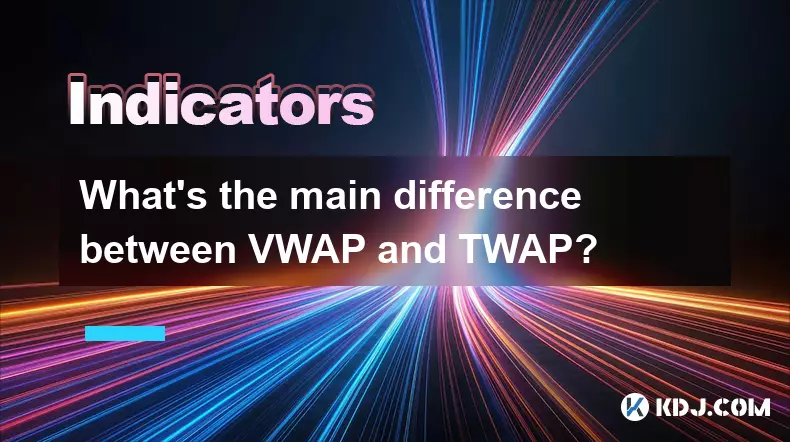
What's the main difference between VWAP and TWAP?
Oct 12,2025 at 11:54am
Understanding VWAP and Its Role in Crypto Trading1. Volume Weighted Average Price (VWAP) is a trading benchmark that calculates the average price of a...
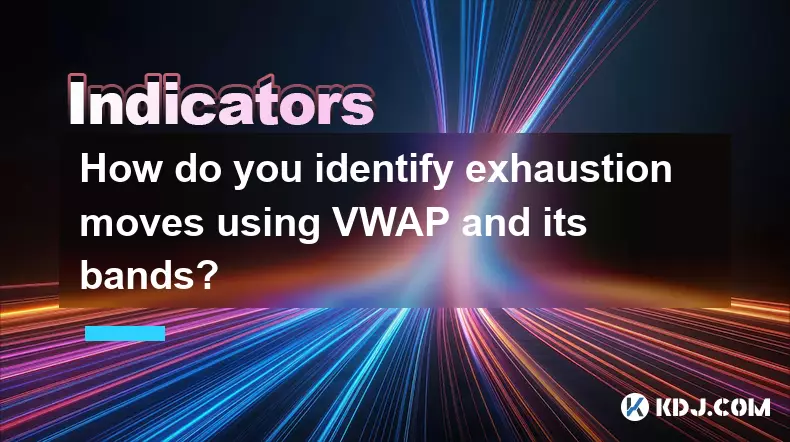
How do you identify exhaustion moves using VWAP and its bands?
Oct 12,2025 at 08:00am
Understanding the Role of Decentralized Exchanges in Crypto Trading1. Decentralized exchanges (DEXs) operate without a central authority, allowing use...
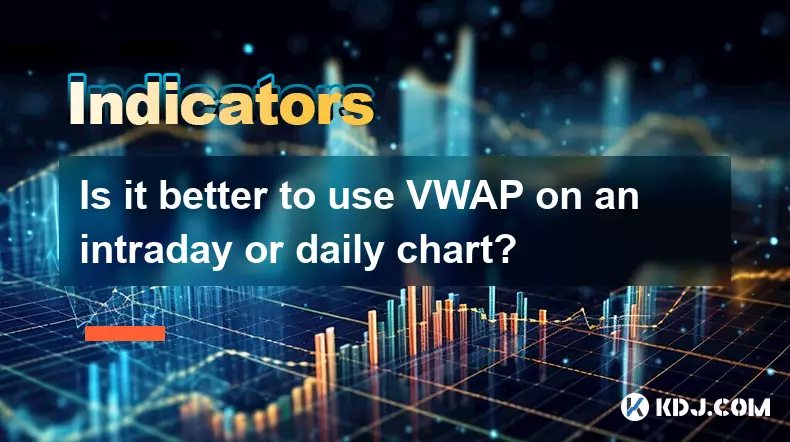
Is it better to use VWAP on an intraday or daily chart?
Oct 15,2025 at 02:01am
Intraday Trading and the Role of VWAP1. Intraday traders frequently rely on VWAP (Volume Weighted Average Price) as a dynamic benchmark for assessing ...
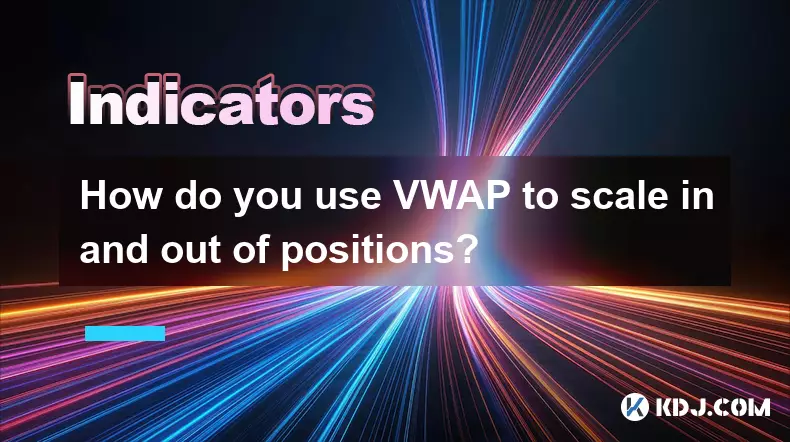
How do you use VWAP to scale in and out of positions?
Oct 14,2025 at 02:19am
Understanding VWAP as a Dynamic Benchmark1. The Volume Weighted Average Price (VWAP) is not just an indicator—it functions as a dynamic benchmark that...
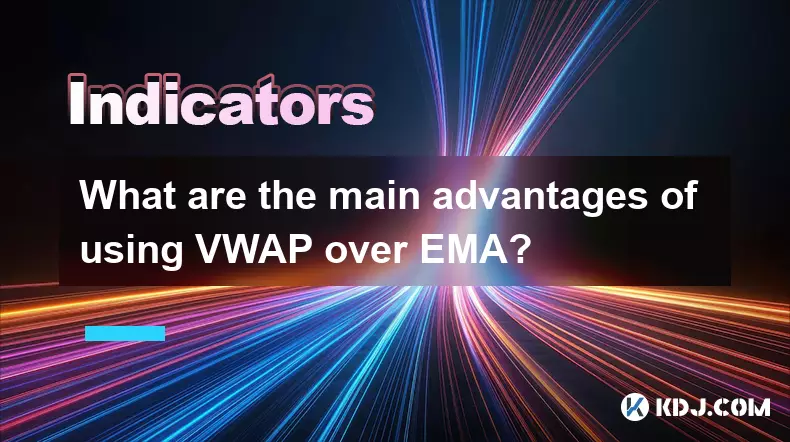
What are the main advantages of using VWAP over EMA?
Oct 11,2025 at 02:18am
Main Advantages of Using VWAP Over EMA1. Volume-Weighted Average Price (VWAP) incorporates trading volume into its calculation, offering a more accura...
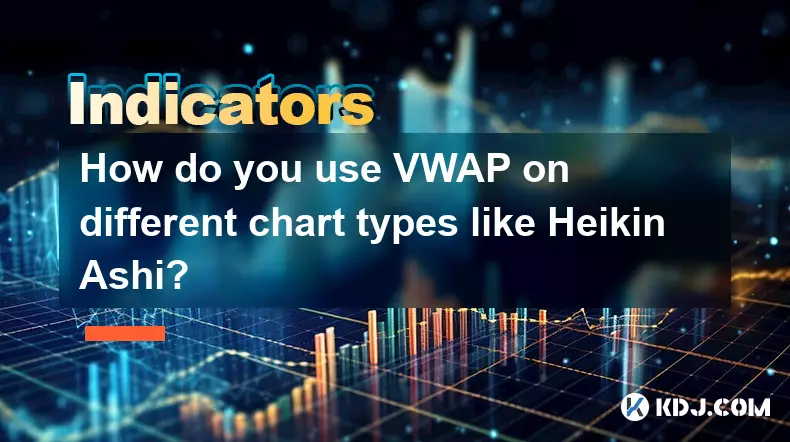
How do you use VWAP on different chart types like Heikin Ashi?
Oct 11,2025 at 05:01pm
Understanding VWAP in the Context of Heikin Ashi Charts1. The Volume Weighted Average Price (VWAP) is a powerful analytical tool commonly used by trad...

What's the main difference between VWAP and TWAP?
Oct 12,2025 at 11:54am
Understanding VWAP and Its Role in Crypto Trading1. Volume Weighted Average Price (VWAP) is a trading benchmark that calculates the average price of a...

How do you identify exhaustion moves using VWAP and its bands?
Oct 12,2025 at 08:00am
Understanding the Role of Decentralized Exchanges in Crypto Trading1. Decentralized exchanges (DEXs) operate without a central authority, allowing use...

Is it better to use VWAP on an intraday or daily chart?
Oct 15,2025 at 02:01am
Intraday Trading and the Role of VWAP1. Intraday traders frequently rely on VWAP (Volume Weighted Average Price) as a dynamic benchmark for assessing ...

How do you use VWAP to scale in and out of positions?
Oct 14,2025 at 02:19am
Understanding VWAP as a Dynamic Benchmark1. The Volume Weighted Average Price (VWAP) is not just an indicator—it functions as a dynamic benchmark that...

What are the main advantages of using VWAP over EMA?
Oct 11,2025 at 02:18am
Main Advantages of Using VWAP Over EMA1. Volume-Weighted Average Price (VWAP) incorporates trading volume into its calculation, offering a more accura...

How do you use VWAP on different chart types like Heikin Ashi?
Oct 11,2025 at 05:01pm
Understanding VWAP in the Context of Heikin Ashi Charts1. The Volume Weighted Average Price (VWAP) is a powerful analytical tool commonly used by trad...
See all articles










































































